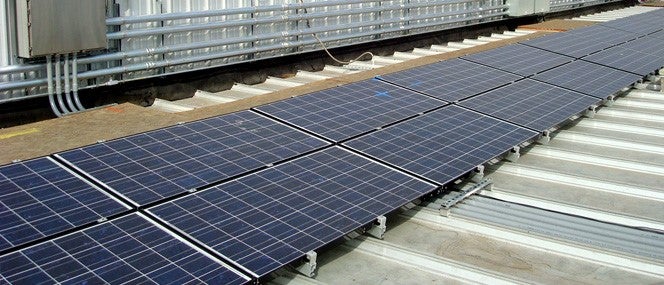The electric utility industry faces the risk of declining revenues as more customers install solar panels on their homes and businesses. Solar power currently supplies 2% of the country’s electricity needs, and is projected to grow to 16% by 2020. In 2013, solar panel prices for commercial installations fell 15.6%, from $4.64/watt to $3.92/watt. To protect their revenues, some utilities are raising electricity costs for solar panel owners – but with mixed results. Credit ratings agencies are also expressing concern. Is there real cause for alarm or are these companies crying wolf? Judging by one customer segment – big-box retailers – the threat is real.
The Solar Energy Industries Association (SEIA) ranks U.S. companies based on their solar energy capacity, and the top five companies on the list are big-box retailers:
- Walmart tops SEIA’s list with 65,000 kW of solar power, which is enough to supply the annual energy needs of over 10,000 homes. They recently installed ten new solar rooftop systems in Maryland, totaling more than 13,000 panels. Walmart is the largest retailer in the U.S. and in the world by revenue, with 4,423 U.S. stores and over 10,000 stores worldwide. Walmart and EDF have been working together since 2004 to reduce the Walmart’s environmental footprint. With more than 200 solar installations across the country, Walmart plans to have 1,000 solar installations by 2020. Walmart’s goal is to eventually supply 100% of its energy needs with renewable energy.











